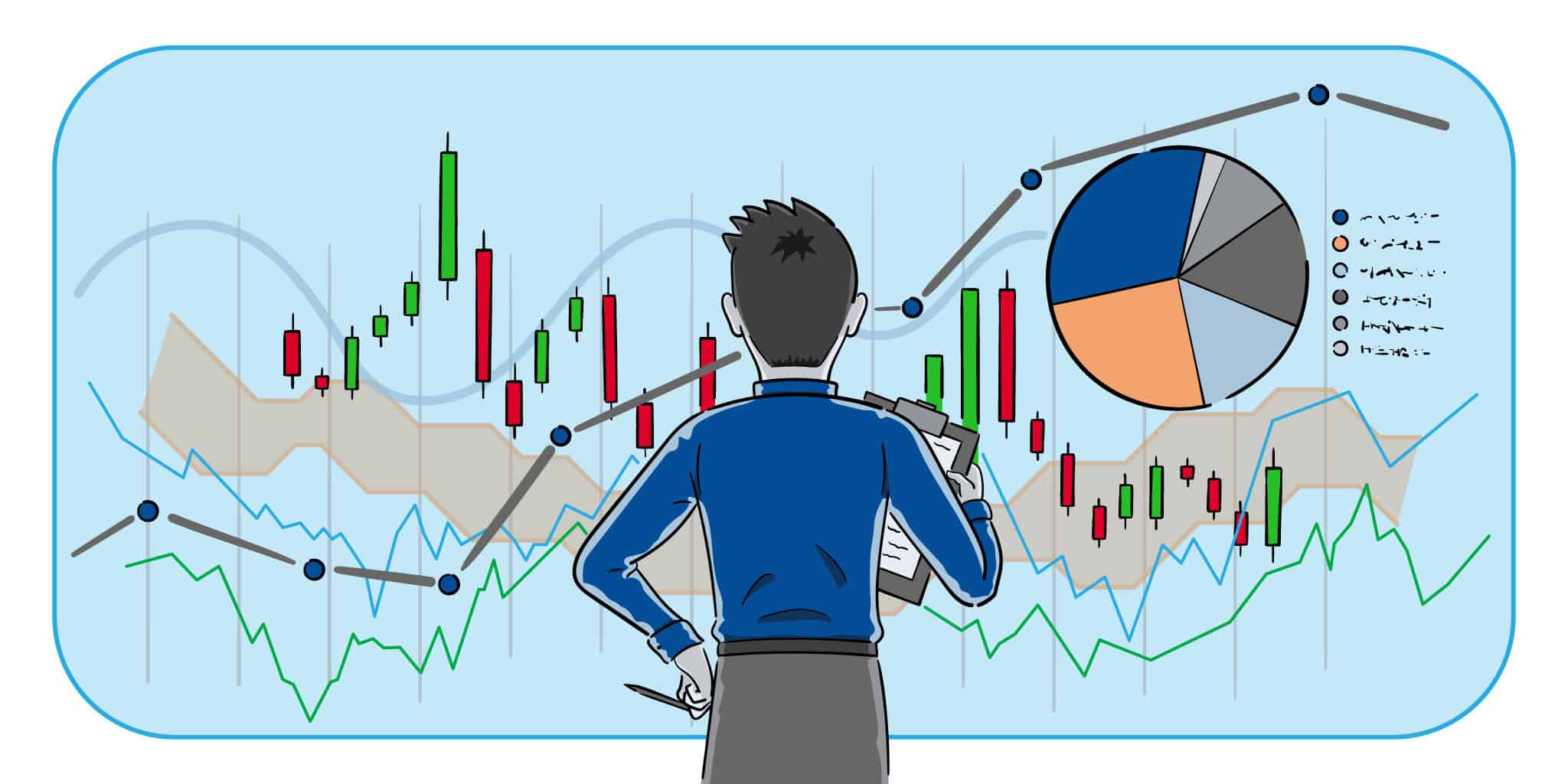
The crypto market rebounded after weeks of uncertainty. Political developments in the US and the announcement of fiscal stimulus revived the appetite for digital assets in November.
After a volatile October and a first week of November that failed to consolidate the rally, the total cryptocurrency market capitalization has surpassed $3,57 trillion. This rebound comes amid macroeconomic easing, with signs of political stability in the United States and new fiscal stimulus measures that have revived the appetite for risk assets.
The announcement of a $2.000 tariff incentive for US citizens, promoted by President Donald Trump, and the bipartisan agreement to reopen the federal government with guaranteed funding until March 2026, have been key catalysts for the crypto market. These moves have reduced the perception of systemic risk and momentarily restored confidence to financial markets, including the cryptocurrency market.
Access Bit2Me and trade major cryptocurrenciesPolitical and monetary instability impacted cryptocurrencies
Contrary to most projections, October ended on a bearish note for the crypto market. Despite historically favorable seasonality, mixed macroeconomic data, persistent inflation, the threat of renewed trade tensions, and the US government shutdown created a risk-averse environment. Bitcoin, which had attempted to consolidate above $120.000, retreated to $100.000 toward the end of the month, dragging the rest of the market down with it.
Following the correction seen since mid-October, November brought brief relief for cryptocurrencies. Bitcoin rose 4,2% in the first few days of the month, while Ethereum recovered the $3.400 level. However, the lack of clarity surrounding the US fiscal future quickly erased those gains. The dominant narrative once again focused on regulatory uncertainty and monetary tightening, keeping institutional investors on the sidelines.

Source: CoinGecko
Economic stimulus and crypto development: the cocktail that revitalized the digital market
The dynamics of the crypto market changed this week with two key events. First, the US Senate. reached un Bipartisan agreement to reopen the federal governmentguaranteeing its operation until March 2026. This resolution eliminated one of the main sources of macroeconomic tension and allowed markets to discount a scenario of greater fiscal predictability.
Second, President Trump announced a tariff incentive of $2.000 The stimulus package, aimed at US citizens, is intended to boost domestic consumption and counteract the effects of the economic slowdown. While the measure has generated debate among economists, its immediate impact has been perceived positively by financial markets, which interpret the announcement as a sign of fiscal expansion.
In this context, Bitcoin has risen 6,8% in the last five days, trading above the $103.000Ethereum has surpassed $3.440, with a weekly increase of 7%. Solana, meanwhile, has seen a smaller rise, trading near $155 per token. WLFI and TRUMP, linked to the US president, have surged by up to 40% this week, solidifying their positions among the best-performing assets in the market.
But in addition to political and economic factors, the constant development of the ecosystem is also fueling the market's rise. Uniswap is now positioned as the best-performing cryptocurrency in the Top 100, after announcing a new update that has boosted its token price to $8,5, registering an 80% weekly gain.

Source: CoinGecko
Can the crypto market sustain its rally?
Although the current Bitcoin and market rally has been welcomed by traders, doubts about its sustainability persist. Some analysts interpret it as a technical rebound after weeks of oversold conditions, while others point out that macroeconomic fundamentals do not yet justify a prolonged upward trend.
The Federal Reserve maintains its restrictive stance, and while no further rate hikes are expected in the short term, there are no clear signs of cuts either. Furthermore, flows into spot Bitcoin ETFs have shown net outflows so far in November, suggesting that some institutional capital remains cautious.
However, The general sentiment has improvedLiquidity indicators on major exchanges show an increase in buying volume, and the movements of large portfolios ("whales") show that these entities have intensified their accumulation, which is often an early sign of medium-term market confidence. On the other hand, the fear and greed index remains at [value missing]. 26 pointsThis reveals that, although investors remain cautious, the level of fear is much lower than in previous days, approaching a more stable phase.
Experts suggest that if political stability is maintained in the US and a controlled slowdown in inflation is confirmed, the crypto market could find more fertile ground to consolidate its recovery.
Crypto shows resilience. Create your account and get access today.What's next: signs to watch
Market behavior in the coming weeks will largely depend on the evolving macroeconomic environment. Attention will be focused on the next US inflation data, the Fed's monetary policy decisions, and the effective implementation of the stimulus package announced by the Trump administration.
The current cryptocurrency market capitalization, hovering around $3,57 trillion, doesn't guarantee that the upward trend will continue, but it does represent a pivotal moment for the sector's narrative. It demonstrates that, even in times of uncertainty, the cryptocurrency market can respond strongly to clear signs of stability and economic stimulus.

Cryptocurrency Technical Analysis Course
Medium levelIn this training we have Iván González, a professional expert in investments and cryptocurrencies, to teach you how the market works and how prices affect the behavior of investors.



